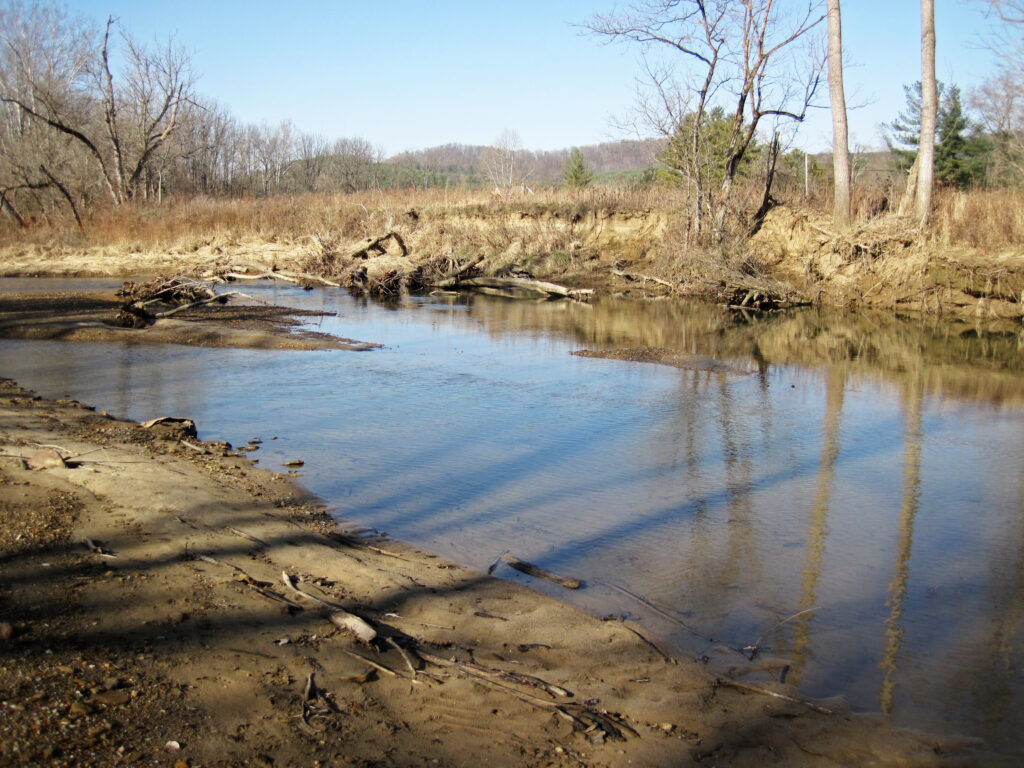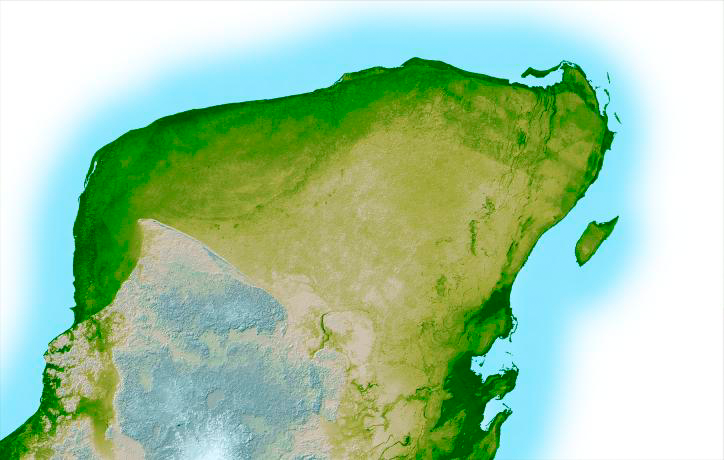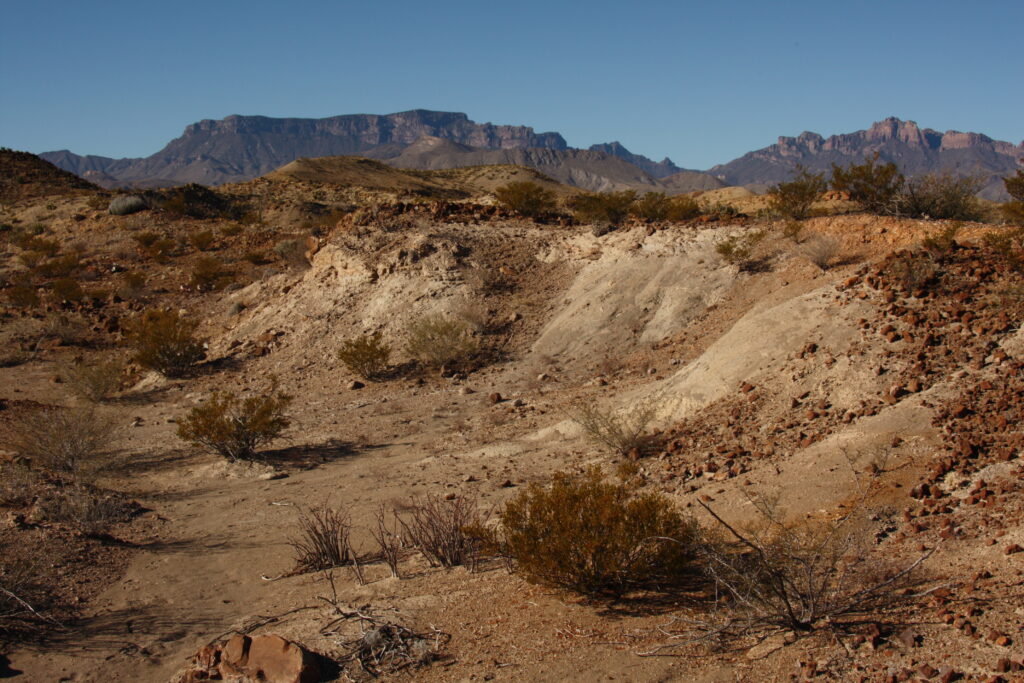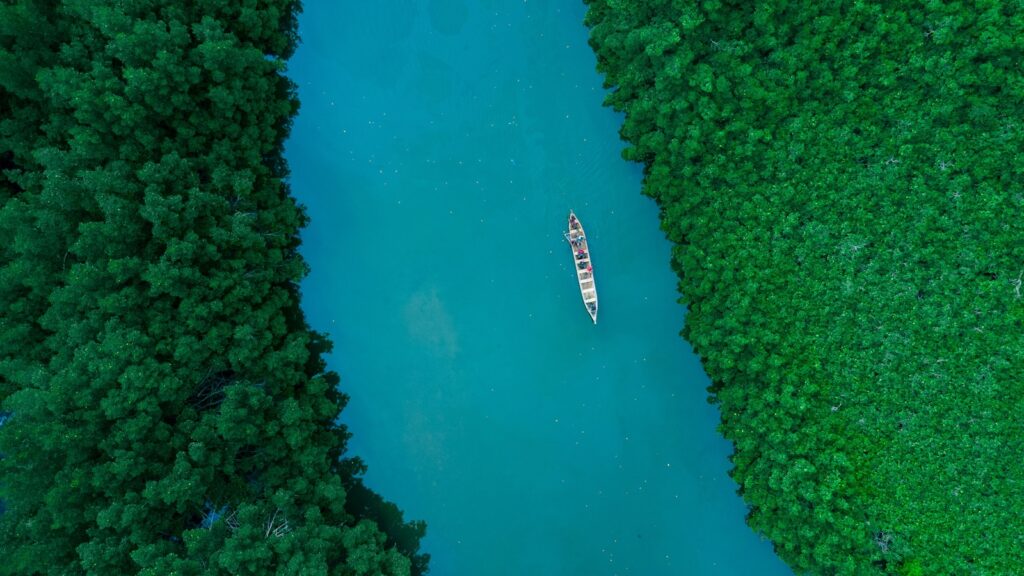Ancient Wetlands and Swamps That Hid Dinosaurs
In the misty shadows of prehistoric landscapes, vast networks of wetlands and swamps once served as both sanctuary and hunting ground for countless dinosaur species. These waterlogged ecosystems, teeming with life and vegetation, created perfect conditions for dinosaur habitation while simultaneously preserving their remains for future discovery. Today, paleontologists unearth these ancient creatures from what ...








